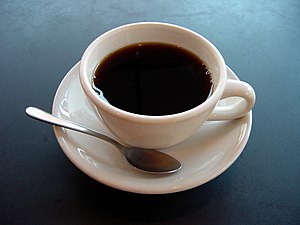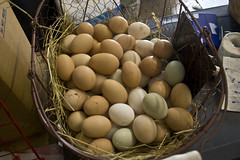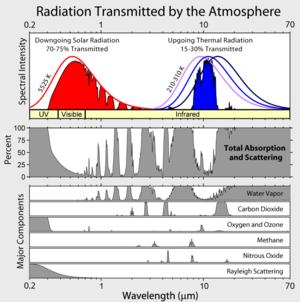My wife is designing a very tiny house on a very tiny lot for her studio project this term, so both of us (because she has to bounce every idea and every design choice off me, sometimes to the point of driving me crazy) are thinking right now about the least amount of space you could possibly fit a family into. I have the unusual benefit of growing up in a house that is, by American suburban standards at least, minuscule. The house in Laguna Beach that my father designed and built is located on a little wedge of land that was divided from a larger lot. Also, the wedge is mostly on a steep hill, with just a little flat area at the street. My parents fit a family of five into that postage stamp space and still had plenty of room leftover to play host to a surprising number of friends and family on special occasions.
When I was younger, perhaps to compensate for having less personal, private space than some of my friends, I would dream of one day living in a mansion. I imagined having a huge living room, dining room and kitchen to entertain. I dreamed of having collectible cars in an over sized garage. I wanted a big bedroom with a walk in closet and big bath room with walk in shower. All of this would be nestled, of course, in enormous and multi-layered private gardens. Basically, I wanted to be Bruce Wayne. But hey, I was 15, what do you expect?
The older I get, though my dreams don't get any smaller, the size of my house in my dreams does. This is due, at least in part, to the location of my dream home. Once nestled in layers of private gardens, perhaps in some coastal town yet undiscovered by the relentless developers of CA, my dream home has packed its bags and moved to the center of a big city. It has lifted itself off the ground, and found its way into the upper floors of a low rise building. As such, it has of necessity folded in upon itself, sacrificed some extra space, doubled up purposes of other spaces, and generally shed a few pounds (even as I gain a few). The gardens have been replaced with public parks, the garage full of fancy cars completely sacrificed, and the over-sized rooms scaled down to average human size (and sometimes even below average).
When you have space, you feel the need to fill it with things. Nature abhors a vacuum, as my father is fond of quoting, and when you have more space than you need, you will fill it. If you did not need the space in the first place, then it stands to reason that you will not in any real sense need the stuff that you find to fill it. So the question that we should ask ourselves is "how much space do I need?" No one seems to ask this question these days. Instead everyone seems to ask "how much space could I use?" And the answer to that question is almost always another question, "how much space can I afford?"
You could use more space. We all could. I could have an exercise room, a home office, a pool, a home theater, a game room. And if I had them, I would use them. Of course, if I lived in a city of any size, it would have a movie theater, a pool hall, a gym. If I lived in a large enough residential building in an urban area, it is likely that my building would have half of these amenities that I covet. So I have to ask, do I need any of these things? Another important question: how much would it cost me to have all that space, to fill it with the associated stuff, and to maintain it? Is the value that I would get out of that extra space equal to how much it would cost me? The answer is almost certainly no.
Space and stuff are directly linked, as well. In every home, a certain percentage of the space is devoted entirely to storage. Linen closets, clothes closets, cabinets, shelves, chests, armoires, and don't forget garages, which are usually equal parts car park and storage for random junk that you can't stand to look at inside of your living spaces. If you have less space, it follows that you will need to have less stuff. There are few feelings more liberating than getting rid of stuff that (after considering it) you realize you just do not need.
And so I have been dreaming, instead of more space, of having just enough. Just enough to be happy, to feel content and uncluttered, to have some privacy and full utility, but just that much and no more. I dream of having that space in a context, in a place that is as important to me as the space itself. I dream of loving a city, a neighborhood, a building, and my space within each of those contexts as well as loving the space for itself.
I dream of having storage that restricts me from accumulating stuff I don't need. I dream of a space in which every object has a purpose and a place. I dream of a space so well utilized that a single useless object feels like a burden not worth bearing (I'm looking at you, waffle maker).
I dream of spaces that feel bigger than they are. I dream of spaces with double and triple uses, in which each use feels so appropriate and right that you couldn't imagine any other.
In short, I dream of maximizing utility and harmony, of wedding efficiency with comfort. I am asking myself this question: 'how much space do I need to be happy, healthy, and sane,' and I hope to find the answer.























